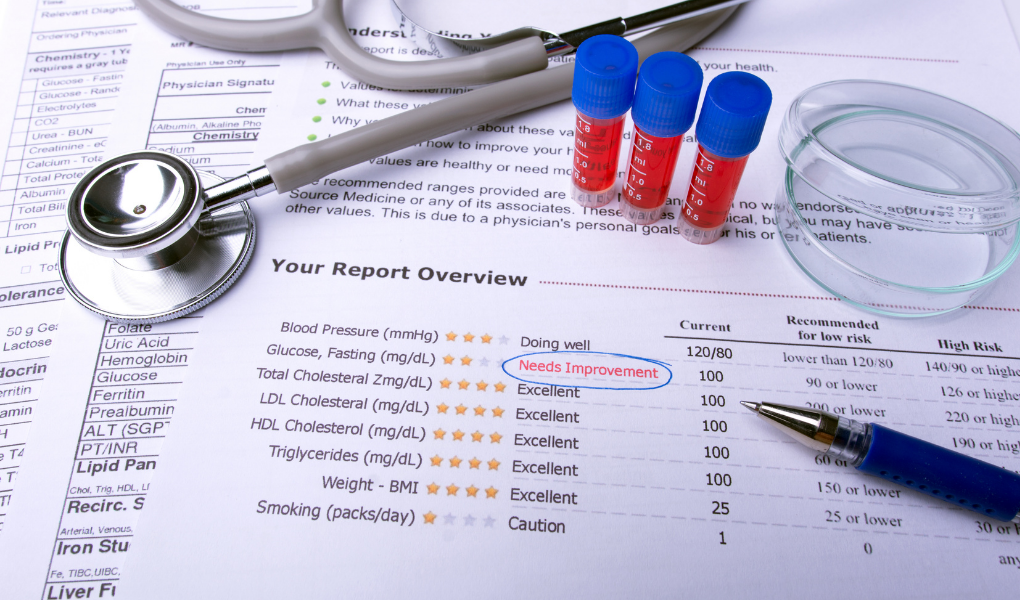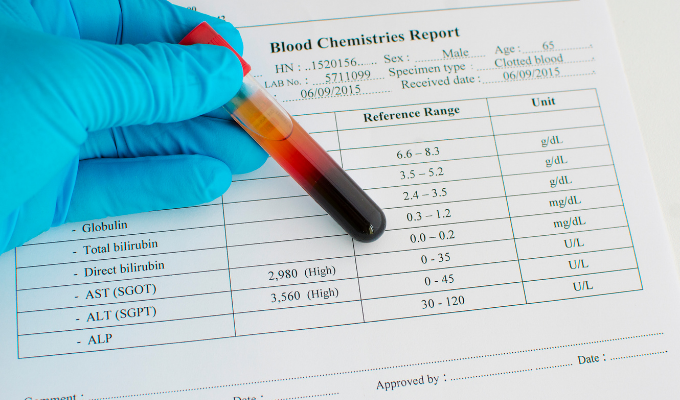What Can Elevated Levels of Bilirubin Indicate?
More Programs and Publications Featuring Dr. Kyle Riding
In this program:
Bilirubin is a key part of liver function tests (LFTs). Watch as medical laboratory scientist Dr. Kyle Riding shares insight about the role of bilirubin and what elevated levels can signal in laboratory tests.
Transcript
Leo Hesse:
Now, let's talk about the first part of the LFTs element, bilirubin. Is that correct? Bilirubin? Okay, now this is a substance produced during the normal breakdown of red blood cells, what do elevated levels of bilirubin indicate, Dr. Riding?
Dr. Kyle Riding:
So I like to refer to bilirubin as the gold star of the liver function test panel, and that's mainly because if there is truly something wrong with your liver, bilirubin will showcase that almost better than any other blood measurement that we have. So, to truly appreciate that. Let's talk about what bilirubin is. When your red blood cells are circulating through your blood, they're not eternal, they don't live forever. Unfortunately, they only last about 120 days. They work really hard for you carrying oxygen and getting rid of CO2 for you, but eventually they run out of steam, literally they run out of energy, and as they pass through these little, little little small capillaries in your spleen, they get caught, because they no longer are able to shrink in and fit through that capillary, it's almost like me trying to fit into a pair of jeans a few sizes too small. Eventually, I just can't do it anymore. And so they get stuck and those red cells get consumed by a special type of cell that gets them up and tears them apart, really sad day for the red blood cell. And so it's not like everything just disappears, that was inside of that red cell.
All of that hemoglobin that was inside of the red blood cell needs to be processed, and one way our body processes it is takes components of that hemoglobin and converts it into bilirubin. Now, bilirubin is then transported to your liver where it is processed in a way that allows it to be excreted through your bile ducts and into your intestinal tract, so eventually it comes out in your fecal matter. Interesting little fact, the reason why stool has the color it does is mainly because of bilirubin metabolism. Now, I bet you all were coming for this to find out why stool is the color it is, or you just found out a little medical work that's involved with bilirubin in our body. So when the liver is messed up when something is wrong with either the liver or the bile ducts that are connected to the liver, we can see elevations in bilirubin, and that can be our gold star, first go-to item that tells us there's liver dysfunction present.
Leo Hesse:
Thanks for that, Dr. Riding, that makes bilirubin very, very important, gold star indeed. So let me ask you this, is all bilirubin in our blood the same, or are there different forms of it?
Dr. Kyle Riding:
That's a great question, and the answer is no. Bilirubin has two different forms within our blood there, and you'll see this on your laboratory reports, you'll see what's called a total bilirubin, which is a measurement of all of the bilirubin in your blood, and then you'll also see a measure of what's called direct bilirubin, D for direct bilirubin or conjugated bilirubin with a lot of different names for that same compound. So we have total, we have direct. Well, what's the other thing besides the direct that adds to that total amount? Well, it's called indirect bilirubin or unconjugated bilirubin, and there's a very distinct difference between direct bilirubin and indirect bilirubin, and that's basically has the liver processed it or not. So taking this, the flow of bilirubin that I just provided to you a few moments ago into account, when the red cells first die and they release their contents, the first form of bilirubin that's made is called indirect bilirubin. That indirect bilirubin circulates through your blood and is brought to your liver then does this fancy chemical process called conjugation, and this fancy chemical process takes that indirect bilirubin and converts it into direct bilirubin.
That direct form is the one that can circulate back through your blood, and we found when we measure bilirubin, but that direct bilirubin can also be pushed out into your bile ducts and into your intestines. This distinction is important, because if your total bilirubin, the total amount of both direct and indirect bilirubin are increased, it's important to know which of the two types is the cause of your net increase. If we have an increase in indirect bilirubin, that simply means we have red cells being destroyed too quickly, faster than the liver can keep up with, so in reality, when indirect bilirubin is the one that's increased, it's not a liver problem, it's a red cell destruction process problem, and we can see that in different conditions like sickle cell disease or hemolytic anemia, where anemia happens because the red cells explode, but when we see total bilirubin is increased because the direct bilirubin is what's elevated...that's going to be because the liver is messed up or there's a blockage in our bile ducts so that that direct bilirubin can't get through and into the intestines. So as you can see, knowing not just that the total amount of bilirubin is elevated, but which part, which fragment, which type of bilirubin is causing that increase is critically important for your physician to appreciate the cause, and If there is liver disease going on or not.
The information on Diverse Health Hub is provided for educational purposes only, and is in no way intended to diagnose, cure, or treat any medical or other condition. Always seek the expert advice of your healthcare team.































